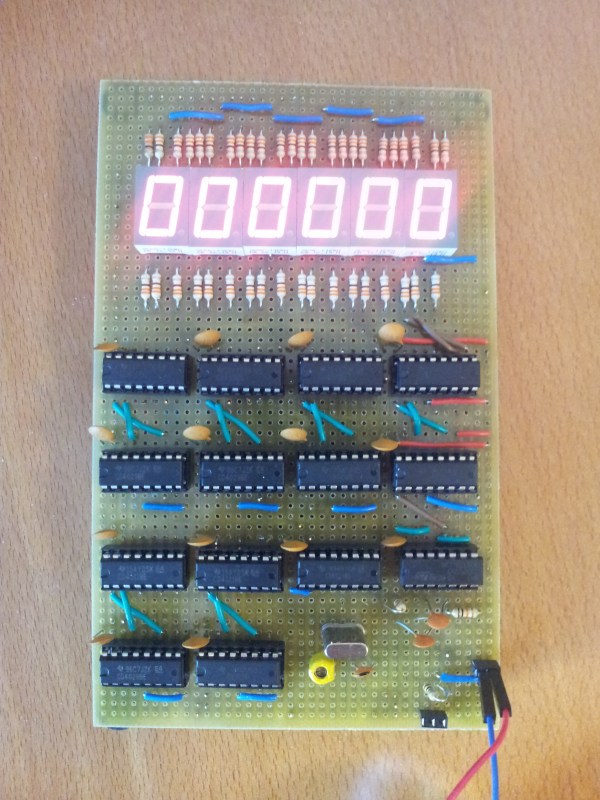Disclosure: I currently work at Upverter
We’ve featured Upverter here in the past. At that time, the EDA tool was capable of collaborative schematic capture. Today, Upverter is launching version 2.0 of their tool which includes many new features allowing for end-to-end electronics design.
Upverter now has a PCB editor, allowing you to manufacture your designs. They are working with PCB manufacturers to make it easy to choose a fab and submit design files. Other new features include a Spice based simulation engine allowing in-browser simulation, and product lifecycle management features to help manage your project’s bill of materials.
When we last looked at Upverter, it was just a tool for creating and sharing schematics. With today’s launch, the tool can be used for designing electronics from start to finish. Since Upverter is free for open source projects, it will be interesting to see how hackers use it.
You can check out a tour of the new features. Any thoughts on using a cloud based EDA tool? Let us know in the comments.


















